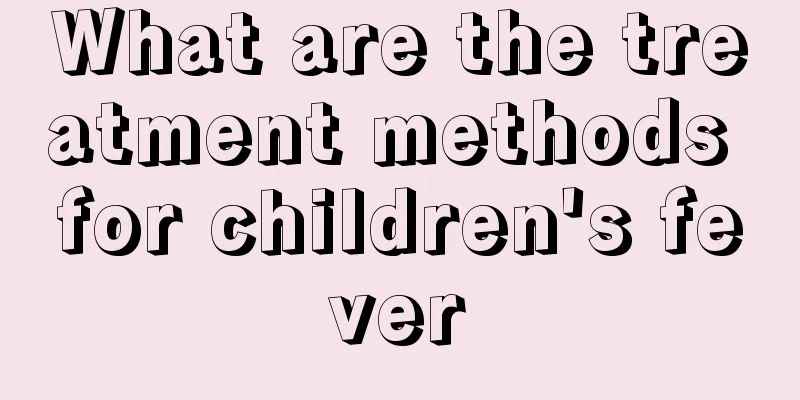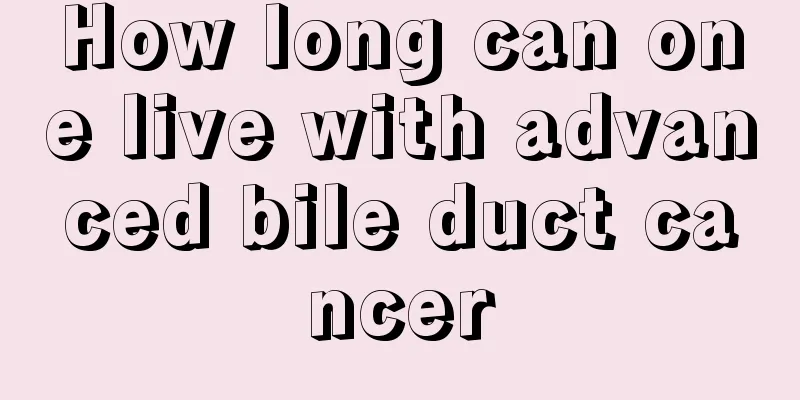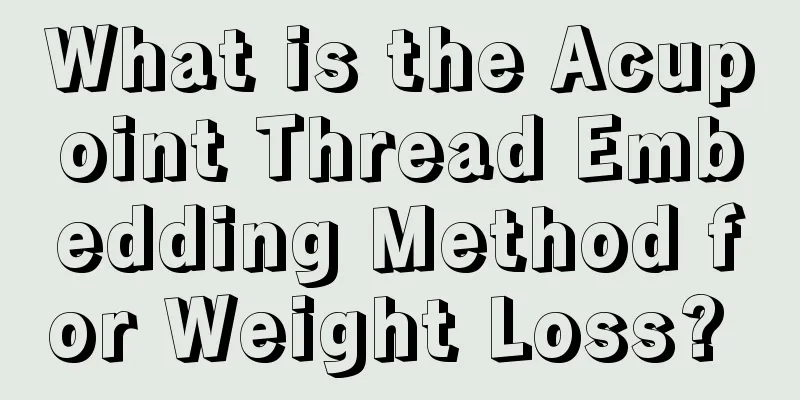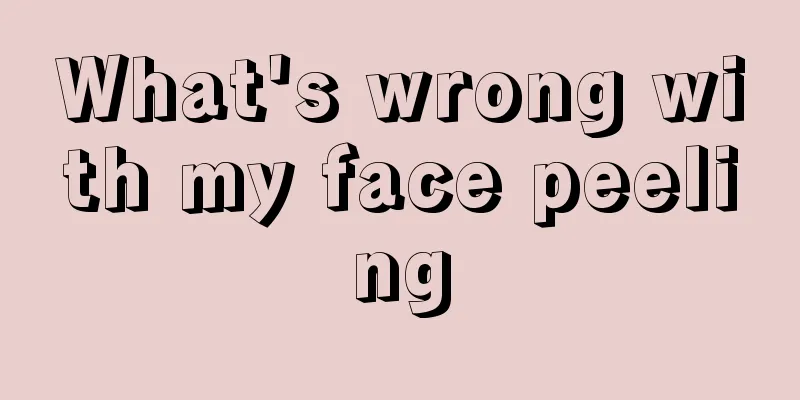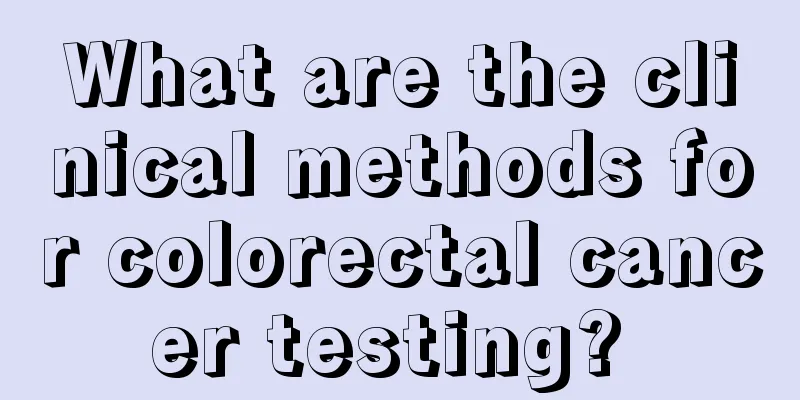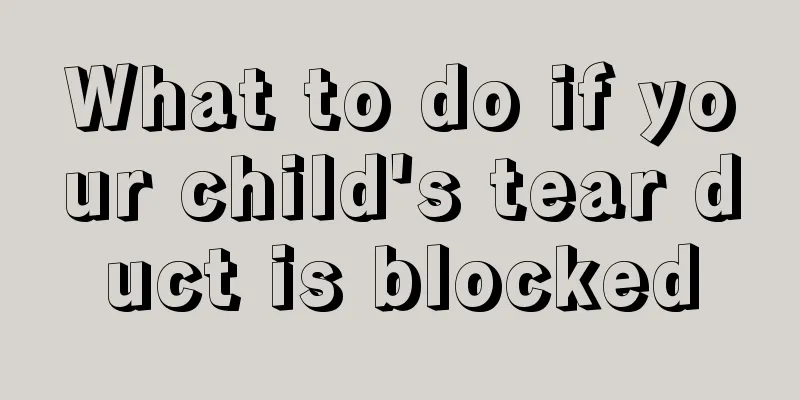What are the treatment principles for glioma
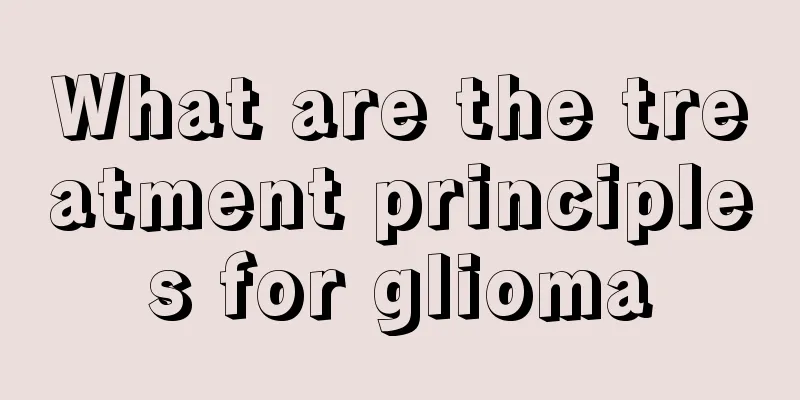
|
Glioma is a brain tumor disease that threatens human health. Patients with this disease should achieve early detection and early treatment, and control the disease in the best period, so that it is possible to recover. So what are the treatment principles for glioma? In addition to early prevention and treatment, what else is there? Let me tell you below. The treatment principle of glioma is that due to its malignant tendency, no single treatment mode can achieve good results. At present, the treatment of glioma is mainly based on comprehensive treatment, including surgery, radiotherapy, chemotherapy, targeted therapy, and biological immunotherapy. The treatment of glioma is personalized because the location, size, pathological type of each patient's tumor is different, the evolution of the disease, and the tolerance and sensitivity to radiotherapy and chemotherapy are different. Therefore, a personalized treatment plan must be tailored to each person's specific plan. Treating everyone the same is a mess. The following are some basic principles of treatment for glioma: Grade I: After surgical resection, observation is recommended and the disease can theoretically be cured. Level II: There is no definitive standard of care at present, and a conclusion can only be drawn after risk factors are evaluated after surgical resection. 1. Whether the age is over 40 years old; 2. Whether the tumor diameter is greater than 6 cm; 3. Whether the tumor has infiltrated across the midline; 4. Pathological type (few branches? star-shaped? few branches and star-shaped? few branches means good prognosis); 5. Whether there is neurological deficit; If there are less than 2 risk factors, it is considered a low-risk group and observation is the main approach, with follow-up treatment only after the tumor progresses; If there are more than 2 risk factors, the patient is classified as a high-risk group and can receive radiotherapy, chemotherapy, or observation. Immediate postoperative radiotherapy is recommended for elderly high-risk patients. Grade III: Concurrent chemoradiotherapy should be done. Although there is no definitive conclusion yet, it is recommended due to its relatively high malignancy and high recurrence rate. Whether to do subsequent 6 cycles of adjuvant chemotherapy depends on the biological behavior of the tumor, whether there is residual tumor, and imaging manifestations. If there is rosette enhancement or central necrotic cystic change, it is recommended to do subsequent 6 cycles of adjuvant chemotherapy. In addition, some grade III (AA, AO, AOA) may be grade IV. Grade IV: Glioblastoma multiforme, GBM, synchronous chemoradiotherapy, + subsequent 6 cycles of adjuvant chemotherapy, preferably molecular targeted therapy, such as bevacizumab. |
<<: How to quickly treat glioma
>>: Traditional Chinese Medicine Treatment Methods for Glioma
Recommend
What are the common causes of gastric cancer?
Many patients may not know much about the causes ...
Do you know the effects of niacinamide on the skin?
Having fair and tender skin is the dream of every...
How long is the shelf life of rice wine?
In our impression, the longer the wine is stored,...
Side effects of emu oil
Emu oil is a common necessity in the lives of ord...
Is running at night really effective for losing weight?
In our daily life, the most common measures to lo...
What medicine is good for colitis? Is Chinese medicine good for treatment?
Colitis is often chronic, with typical symptoms i...
What does a stye look like
Once a stye occurs, the patient will feel a littl...
Treatment of cervical cancer
Early surgical treatment is recommended, and chem...
Are there many cases of osteosarcoma being cured?
Osteosarcoma is one of the types of diseases that...
The difference between Andrographis paniculata and Panax notoginseng
Andrographis paniculata and Panax notoginseng are...
Black fungus is a good product for beauty care, but four major taboos must be remembered
Black fungus, also known as wood moth, tree chick...
How to treat Aspergillus allergy
Aspergillus is a common pathogen in people’s livi...
What are the initial symptoms of lung cancer
What are the first symptoms of lung cancer? The m...
What are the best ways to detoxify your body?
We all know that the human body absorbs nutrients...
Can the prosthetic rhinoplasty be removed
When performing rhinoplasty surgery, in order to ...
